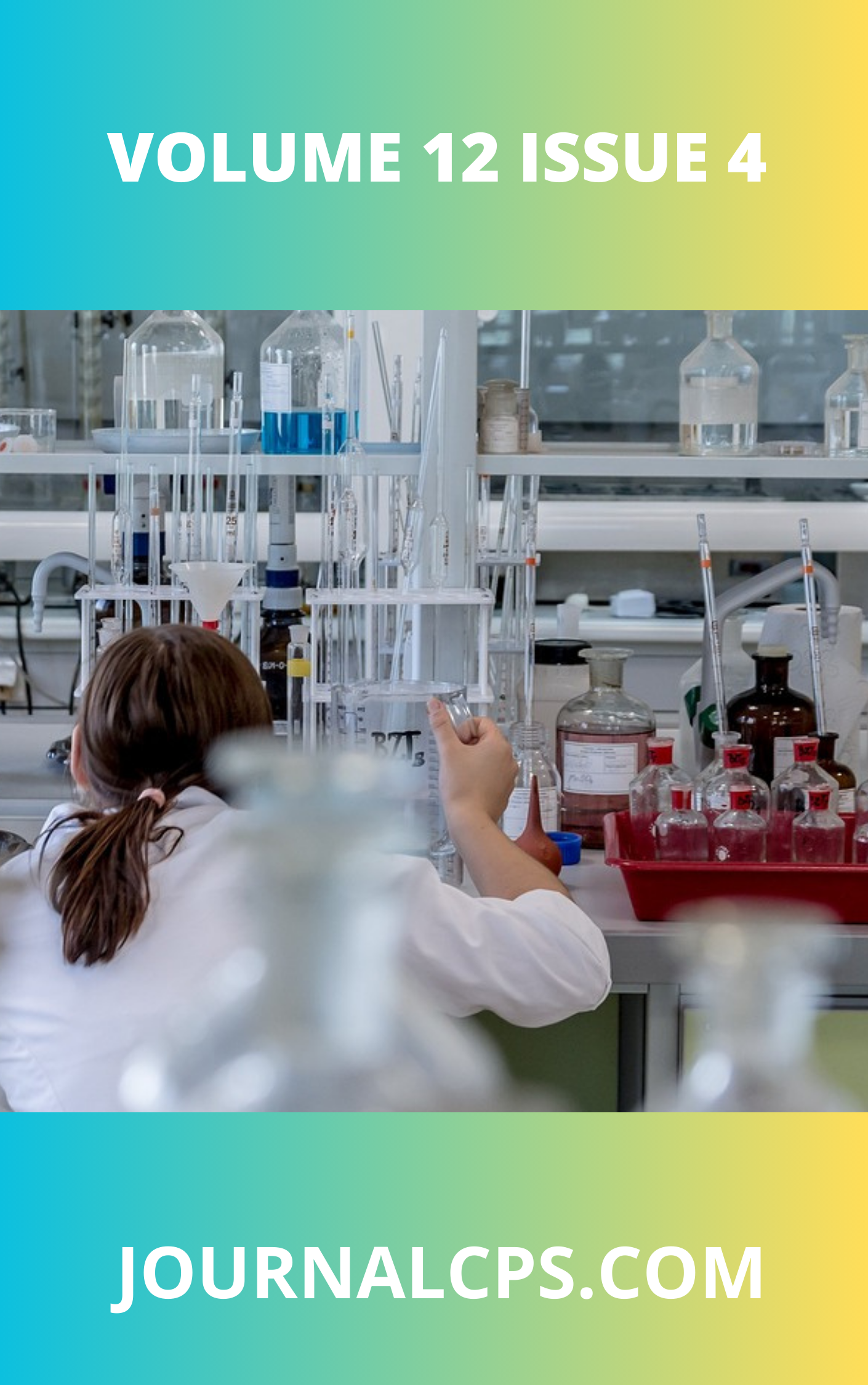Mr.
Keywords:
TiO2, nanoparticles, anatase, Cr (VI) and Pb (II) removal, fertilizer wastewater and Adsorption IsothermAbstract
Titanium dioxide (TiO2) nanoparticles have emerged as promising adsorbents for the removal of heavy metal ions from wastewater due to their high surface area, chemical stability and adsorptive properties. The study evaluated the potential of TiO2 nanoparticles for removing Cr (VI) and Pb (II) from fertilizer wastewater. The TiO2 nanoparticles was synthesized via green method of synthesis with the highest crystallite size of 15.29 nm under the synthesis condition of a stirring time of 60 min. X-Ray Diffraction (XRD), High-Resolution Transmission Electron Microscopy (HRTEM), Dynamic Light Scattering (DLS), and Energy Dispersive X-Ray Spectroscopy (EDX) were used to characterise the synthesised TiO2 nanoparticles. HRTEM and XRD analyses of the TiO2 nanoparticles indicate the formation of spherical shapes and anatase phase crystallite size of 15.29 nm and 12.09 nm for 60 min and 30 min stirring time, respectively. The DLS results show an average particle distribution of 51.54 nm for both stirring time conditions. The EDX revealed the presence of titanium, oxygen and carbon in both stirring times. The synthesized TiO2 nanoparticles was used as an adsorbent for the removal of Cr (VI) and Pb (II) via batch adsorption. The results indicate that Cr (VI) had a higher adsorption removal efficiency of 52.87 % compared to 40.79 % for Pb (II) at a pH of 6.96, contact time of 30 minutes and a temperature of 30 oC. The adsorption isotherm showed that the experimental data fitted best to the Langmuir isotherm as compared to the Freundlich and Dubinin-Radushkevich (D-R) isotherms, demonstrated by higher correlation coefficient values (R2). The research findings suggest that TiO2 nanoparticles can be utilized in fertilizer wastewater treatment.
Downloads
Published
Issue
Section
Similar Articles
- Nathaniel Atamas Bahago, Gideon Wyasu, Mary Gojeh, Optimization of Activated Carbon Preparation from Corncob Wastewater Treatment , Communication In Physical Sciences: Vol. 7 No. 2 (2021): VOLUME 7 ISSUE 2
- Nsor Ofo Alobi, Onyeije Ugomma Chibuzo , Wood Saw Dust as Adsorbent for the Removal of Direct Red (DR) Dye from Aqueous Solution , Communication In Physical Sciences: Vol. 4 No. 2 (2019): VOLUME 4 ISSUE 2
- Chigbundu C. Emmanuel, Adebowale O. Kayode, Equilibrium and Kinetics Studies of the Adsorption of Basic Dyes onto PVOH Facilely Intercalated Kaolinite - A Comparative Study of Adsorption Efficiency , Communication In Physical Sciences: Vol. 7 No. 4 (2021): VOLUME 7 ISSUE 4
- A. O. Odiongenyi, Adsorption and Thermodynamic Studies on the Removal of Congo Red Dye from Aqueous Solution by Alumina and Nano-alumina , Communication In Physical Sciences: Vol. 4 No. 1 (2019): VOLUME 4 ISSUE 1
- N. B. Essien, Sorghum Waste as an Efficient Adsorbent for the Removal of Zn2+and Cu2+ from Aqueous Medium , Communication In Physical Sciences: Vol. 5 No. 2 (2020): VOLUME 5 ISSUE 2
- Felicia Uchechukwu Okwunodulu, Stevens Azubuike Odoemelam, Comparative Studies On Infrared Analysis of Some Waste Biomass in Heavy Metals Adsorption , Communication In Physical Sciences: Vol. 8 No. 4 (2022): VOLUME 8 ISSUE 4
- Nyeneime William Akpanudo, Ojeyemi Matthew Olabemiwo, Pore Parameters Analysis of Echinochloa pyramidalis leaf Dopped Silver Nanoparticles , Communication In Physical Sciences: Vol. 11 No. 4 (2024): VOLUME 11 ISSUE 4
- S. A. Odoemelam, Investigation of Adsorption of Tetraoxosulphate (I) ions by Some Agricultural Soils in Akwa Ibom State, South-South igeria , Communication In Physical Sciences: Vol. 5 No. 2 (2020): VOLUME 5 ISSUE 2
- F. E. Awe, Adsorptive studies of the inhibitive properties of ethanolic extracts of Parinari polyandra on Mild steel in acidic media , Communication In Physical Sciences: Vol. 4 No. 1 (2019): VOLUME 4 ISSUE 1
- Aniekan Udongwo, Oluwafisayomi Folorunso, Resource Recovery from Maize Biomass for the Synthesis of SiO2 Nanoparticles and Crystallographic Analysis for Possible Applications , Communication In Physical Sciences: Vol. 12 No. 2 (2025): VOLUME 12 ISSUE 2
You may also start an advanced similarity search for this article.




